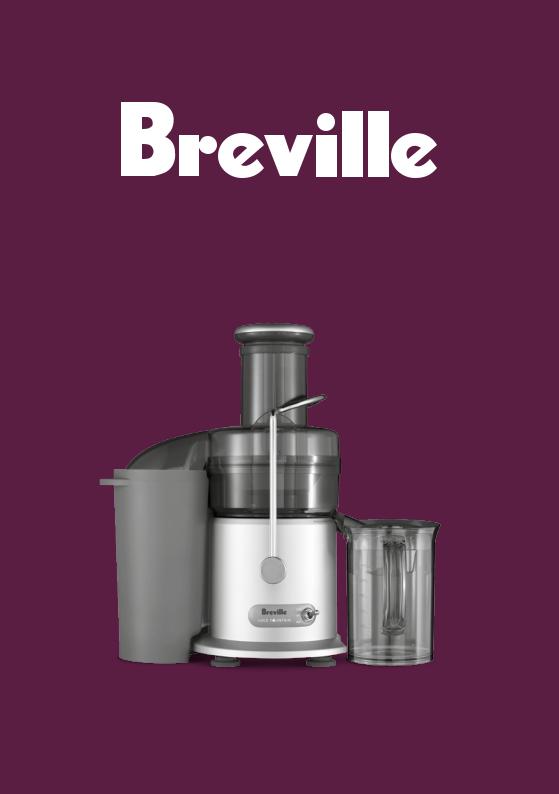


Make a flat white and-g'day!-you get a dense foam. Choose a cappuccino and that foam will be lighter, frothier. It makes latte foam and turns itself off once it hits 150 degrees Fahrenheit. Anyone who's ever tried frothing milk on an espresso machine will be impressed with this next part: half-fill the stainless milk jug, put the steam wand inside, set the jug on the drip tray and-get this-walk away. When I tried making a latte, the Oracle dialed up latte foam from the steam wand. The results were excellent for a home espresso maker, and solid for a coffee shop. Right out of the gate, using fresh-roasted, store-brand beans from my nearby grocery store and using the Oracle's factory presets, it poured a great shot. (Breville makes sure you know that you'll do best with freshly-roasted well-stored Arabica beans, but they would do well to more prominently announce that you should recalibrate often and make the function to do so a bit easier to access in the main menu.) The Oracle pours a lovely shot, and if it doesn't, it helps you adjust variables like grind size or shot duration to make it better. Move the portafilter over to the heated group head-the collar where the hot, pressurized water comes from-and hit brew. To do this, variables like water hardness are initially checked and accounted for, you fill a hopper on top with whole beans, then attach the portafilter to the grind outlet, nudge it to the right, and the beans run through a conical burr grinder and into the portafilter where a "tamping fan" applies a specific pressure to the top, leveling and smoothing it off. I've paid nearly as much for cars, but for those who are able to plunk down $2,500 on an espresso maker, Breville has created an outstanding machine. The Oracle cleverly straddles a line, offering an impressive amount of customization and hands-on time, while automating enough that you'd have to try hard to make a bad drink. With dedicated steam and espresso boilers, it can foam milk to your choice among a range of consistencies while the shot is pouring. It's a coffee maker with a touch screen.) It stores beans, grinds them, dispenses the grounds into a portafilter-the handle with a cup that holds the puck of grounds-tamps and pre-infuses them, then pulls a shot. Many of us want to be more hands on, but lack the skill to do all the little things you need to do every time to consistently make an excellent cup.īreville's Oracle Touch is astounding in its all-in-one-ness, offering several espresso-based drinks and custom creations on its home screen. While this fully-automated coffee is consistent, it's not everybody's bag. You'll pay handsomely for it, though, from hundreds to thousands of dollars. If home machines which require nothing from you but pushing a button to select a drink are your thing, brands like Jura (perhaps recognizable for those goofy ads with Roger Federer) and Saeco do a respectable job of getting you going in the morning. Palermo, but typically, our rinky-dink countertop machines lack the power and we lack the skill to make the perfect cup it's not just for convenience that we give the person behind the counter at our favorite café four bucks for a latte. Customers waited their turns patiently because he was the best.Īt home, we'd all love to be Mr. Every gesture and all of their effects were thought out and internalized long ago. This was a white shirt, black vest lifer, an artisan who could run his machine blindfolded. For a few months in the late 2000s, I lived in Palermo where I was transfixed by a barista's skills on a near-daily basis.


 0 kommentar(er)
0 kommentar(er)
